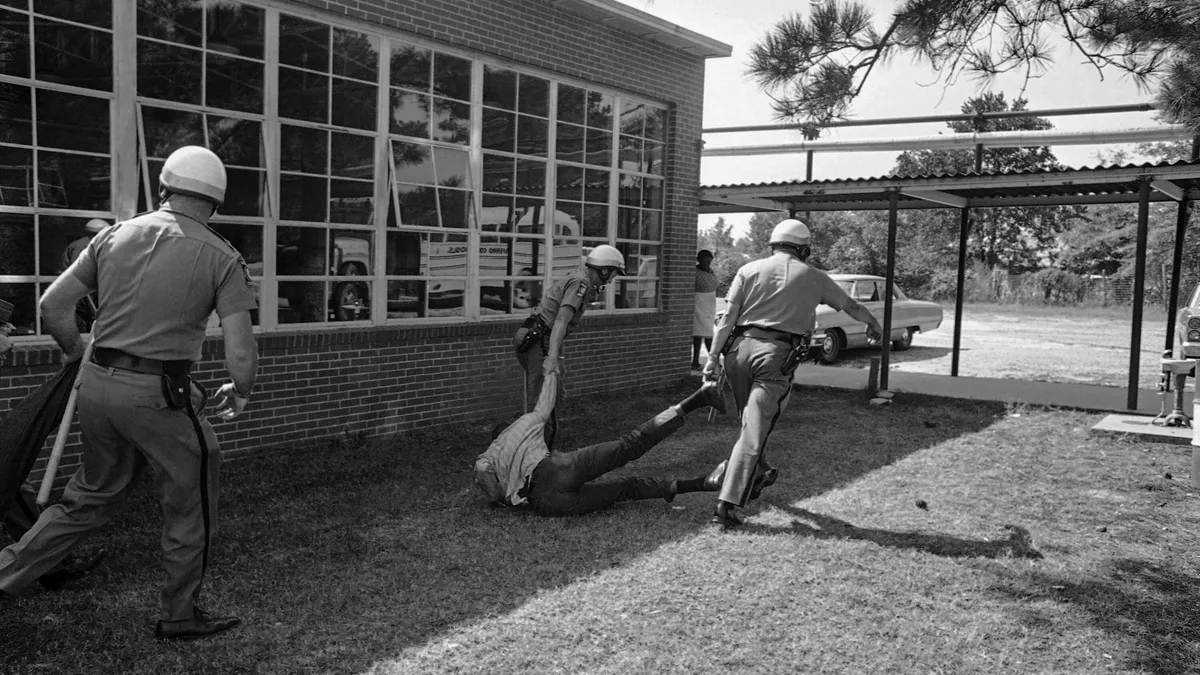Dive Brief:
- A proposal under consideration by the Minnesota Department of Education would alter the state’s pre-existing desegregation guidelines from the '70s, requiring charter schools with significant populations of students of color to come up with integration plans; it would also allow districts to use money intended for integration to help close racial achievement gaps.
- A hearing this week announcing the proposals drew ire from many community members, with some, including an NAACP official, saying that the department had already chosen to focus on achievement while only offering "lip service on meaningful integration efforts," the Minneapolis Star Tribune reports.
- According to the paper, just 16 of the 72 elementary charter schools in the Twin Cities have a "healthy mix" of races.
Dive Insight:
A November 2015 analysis by the Star Tribune found that 19 district elementary schools in Minneapolis are now 80% students of color, while two are nearly all-white. “Test scores in the most minority-concentrated schools lag integrated schools in the metro by about 25 percentage points,” the Star Tribune reported.
Lawsuits have been filed over the issue, most recently by Minnesota civil rights attorney Daniel Shulman. Shulman previously sued and won over discrimination in 1995, and said that the state’s situation had changed little — and has perhaps become even worse — since. Shulman’s previous suit charged that the state violated its constitution for "allowing groups of students to inhabit separate and inherently unequal schools."
Various factors are blamed for the lack of diversity in the urban St. Paul and Minneapolis districts, with new immigration trends, the end of bussing, and the rise of charter schools among them. But re-segregation has also occurred in various schools across the South — notably in Alabama, where “43 school systems are still under federal desegregation oversight."













